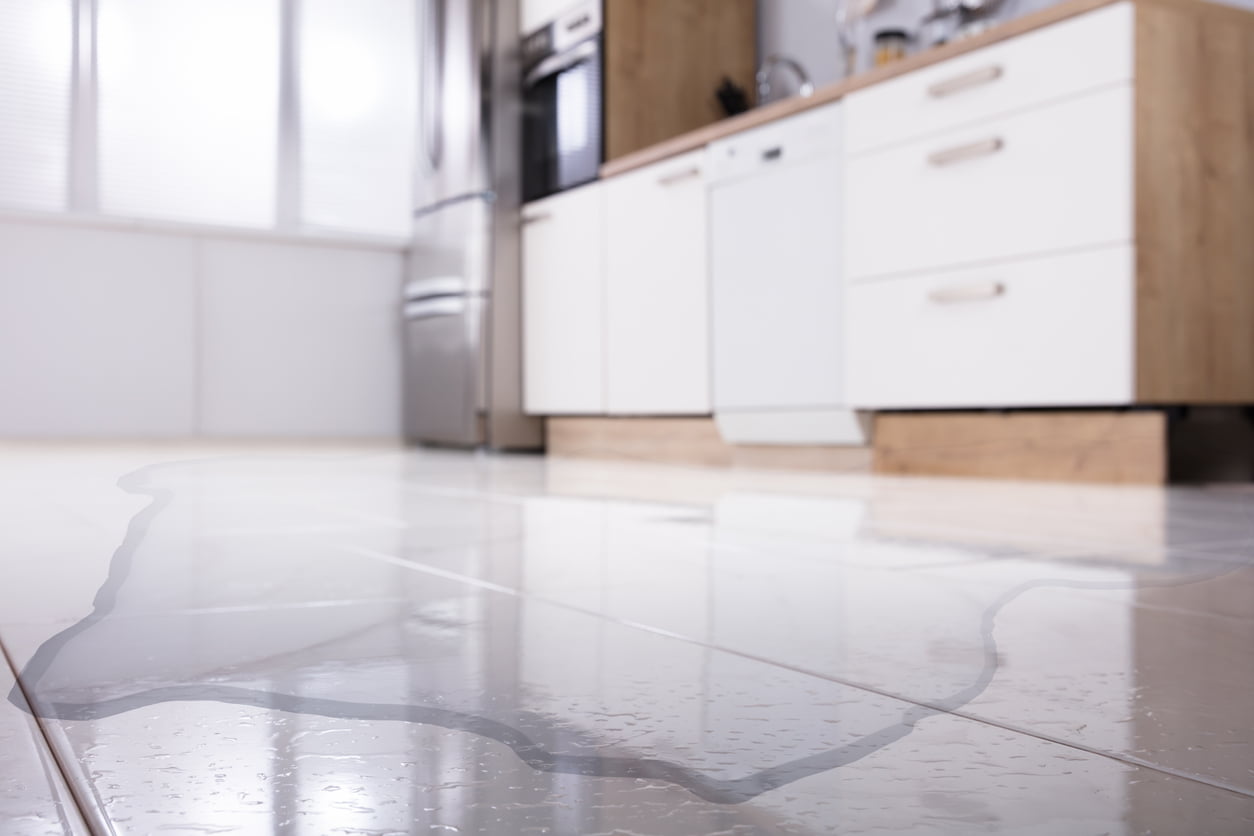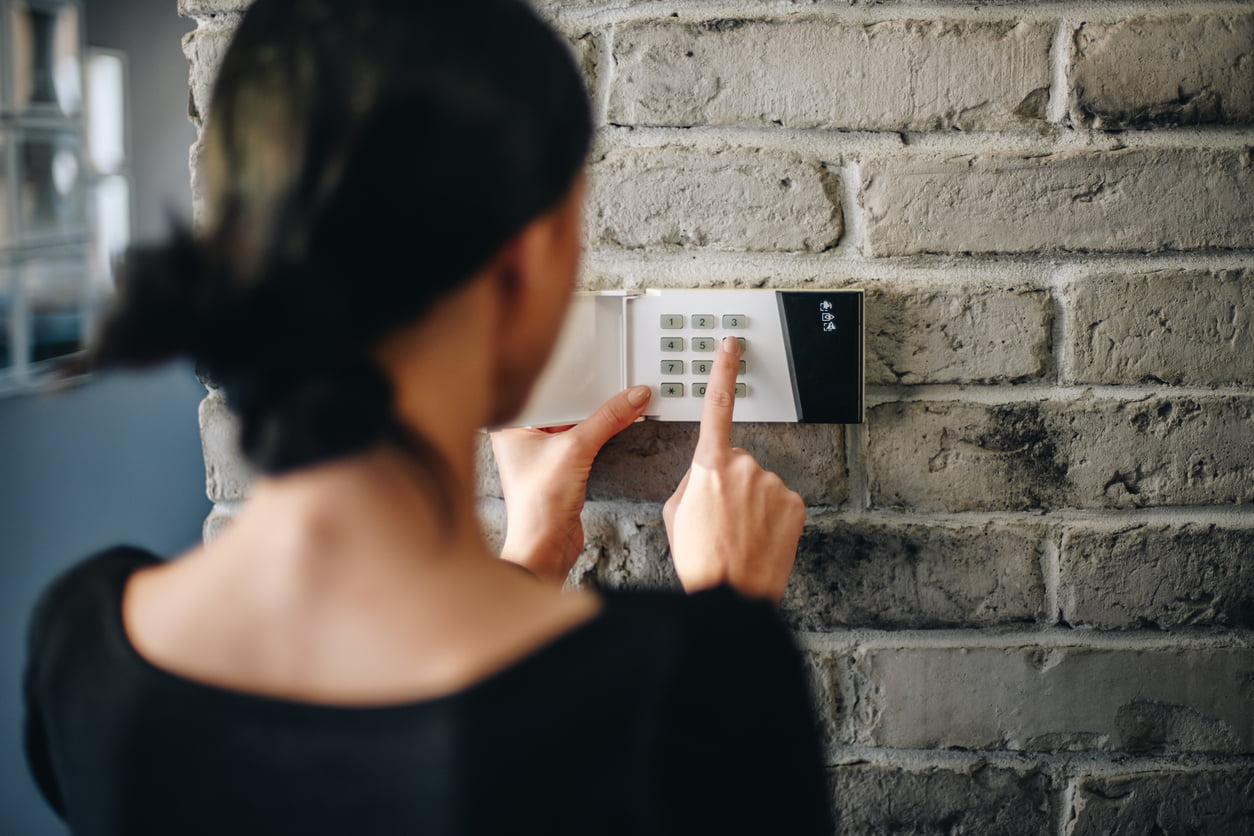To avoid having insurance gaps when your life takes a turn, it is always a good idea to do a yearly inventory of all that has transpired over the last twelve months. Sometimes, seemingly inconsequential events are not reflected or updated in your home insurance policy – and they should be. Completing an annual review ensures you close any gaps which will minimize any chance of declined claims in your future.
Did you recently buy the new big screen TV you’ve been eyeballing for months? Maybe you decide to renovate your kitchen or install a fancy swimming pool in the backyard? While these are fairly common decisions for homeowners, unfortunately only some consider how these decisions can impact their insurance coverage. These decisions are usually not made lightly, yet are often overlooked. This can result in insurance gaps and severe shortfalls in compensation when filing a claim. Let’s discuss the five main things you should consider when reviewing your home insurance policy.
Complete an annual review of your home insurance policy coverage
Much like you have yearly check-ups for your health, we recommend everyone complete a home insurance policy coverage review annually. Even seemingly small changes in your routine, like a changing work location, can leave gaps in your coverage eligibility. Or, you may qualify for discounts previously unavailable to you.
Benefits of annual home insurance policy reviews
A home insurance policy review gives you peace of mind that the belongings you treasure most have adequate protection. This protection will be useful in case something happens unexpectedly, like a fire, theft or weather event. A review can also result in a potential reduction in your insurance costs. For example, your broker may discover that you’re eligible for discounts or require less coverage than you did previously. During an insurance review, you should evaluate your home insurance (or renters insurance), car insurance and any other policies you have in your name. In just a year, many things can happen. Changes in residence, occupation and schools can force you to pivot and adapt to new circumstances. These life-changing events can happen outside the typical annual policy timeframe. This is why it’s a good idea to take stock of all that happens while doing your insurance review.
Here are our top five sections of your insurance policy that you should focus on when reviewing your coverage:
1. Home inventory
Think about all the expensive devices we use on a daily basis. Things like your TV, cell phones, tablets and video games are all costly, and you’ll want to ensure you have coverage for loss or damages. That’s where an update in your home inventory list comes in handy. Make sure to keep all documentation of your purchases, including receipts, photos and model numbers. Keeping an up-to-date inventory of your belongings yearly will ensure you have the appropriate coverage. Special events, such as birthdays, anniversaries or even Black Friday splurges, will affect your inventory’s total value. This inventory will also act as proof of personal items during a claim, and will make it easier for you to provide information to your insurer. So, keep these records somewhere safe!
2. Scheduled items
Did you know that there are special items that many of us own that aren’t fully covered under your home insurance? That is, unless you specifically schedule them under a “floater”. On your policy, there may be some items with special limits, meaning you have coverage, but maybe not to the full extent of their value. This includes items such as bicycles, watercraft, jewelry and watches or silverware. Again, you can buy extra insurance for these, either with your primary insurer or a third-party insurer.
Other items in your home with special limits include:
- Sporting goods: Golf clubs, fishing equipment, hockey equipment, etc.
- Musical instruments: Guitars, drums, classical instruments, etc.
- Medical aids: Wheelchairs, hearing aids, dentures, contact lenses, etc.
Items of jewelry, like engagement rings, valuable watches or diamond earrings, need separate coverage. If your jewelry items are irreplaceable, then you should insure them with separate jewelry insurance. A stand-alone jewelry policy will fill in the gaps left behind by your home insurance policy in terms of protecting your valuable item.
3. Renovations
With the popularity of DIY television programming and TikTok how-to-videos, many Canadians have taken on some form of personal home renovation project. Insurers are noticing that more homeowners are using vacation funds to update and improve ‘staycation’ dwellings. Any type of upgrades, from finishing your basement or adding on an addition, will affect the overall value of your home. So, as renovations cause an increase in home values, the cost of home replacement has also gone up with it. Upgrades to your home typically affect your home’s value. Because of this, you’ll want to ensure that there is a reflection of this in your insurance coverage.
You will also want to ensure that the proper permits and inspections are done so any future losses are eligible for coverage. Your home insurance rate is based on the level of “risk” to which your home is exposed. It also factors in how much it will cost to repair damage if something happens to you. If you don’t disclose to your insurer that work has been done to your home and an accident occurs, your claim may be denied for material misrepresentation.
To learn more about how home renovations can affect your insurance, please click here.
4. Home value
It’s common for home owners to wonder ‘how much is my house worth?’ Your home’s value depends on the type of valuation because homes are valued in different ways and for different reasons. There’s appraised value, assessed value, fair market price, replacement value and actual cash value. These different types of home valuations vary by who conducts them, why they’re essential, and how they affect your home insurance rates and coverage. In case of any loss, you will want to ensure that your coverage reflects fair market value for you and your family.
5. Home liability limits
When people add on structures, like a pool, deck or tree house, it is important to address how this may increase the liability of their property. Personal liability limits should be a consideration. Insurers say that most people buy policies with $100,000 in personal liability insurance, which tends to be inadequate. The amount can easily be used up due to medical expenses and possible lawsuits if someone suffers an injury in or around your home. With that in mind, insurance experts recommend limits of at least $300,000. The amount of medical payment coverage you can buy varies by insurance company, but at least $5,000 is the usual recommendation. If you have assets above $500,000, you should see whether a separate umbrella policy will make sense for you.
Did you know that you might need extra home insurance coverage if you have a pool or hot tub? Pools and hot tubs may increase the risk of a flood in your home, so extra coverage is typically necessary.
Uncovering gaps in your coverage is important to ensure that at the time of a loss, you and your loved ones receive proper compensation. If you are wondering what types of life changes can have an impact on your home insurance policy, read our article, “11 events that require insurance policy changes” here. So now that you’re ready to take stock of your assets and review your home insurance coverage, give us a call!




